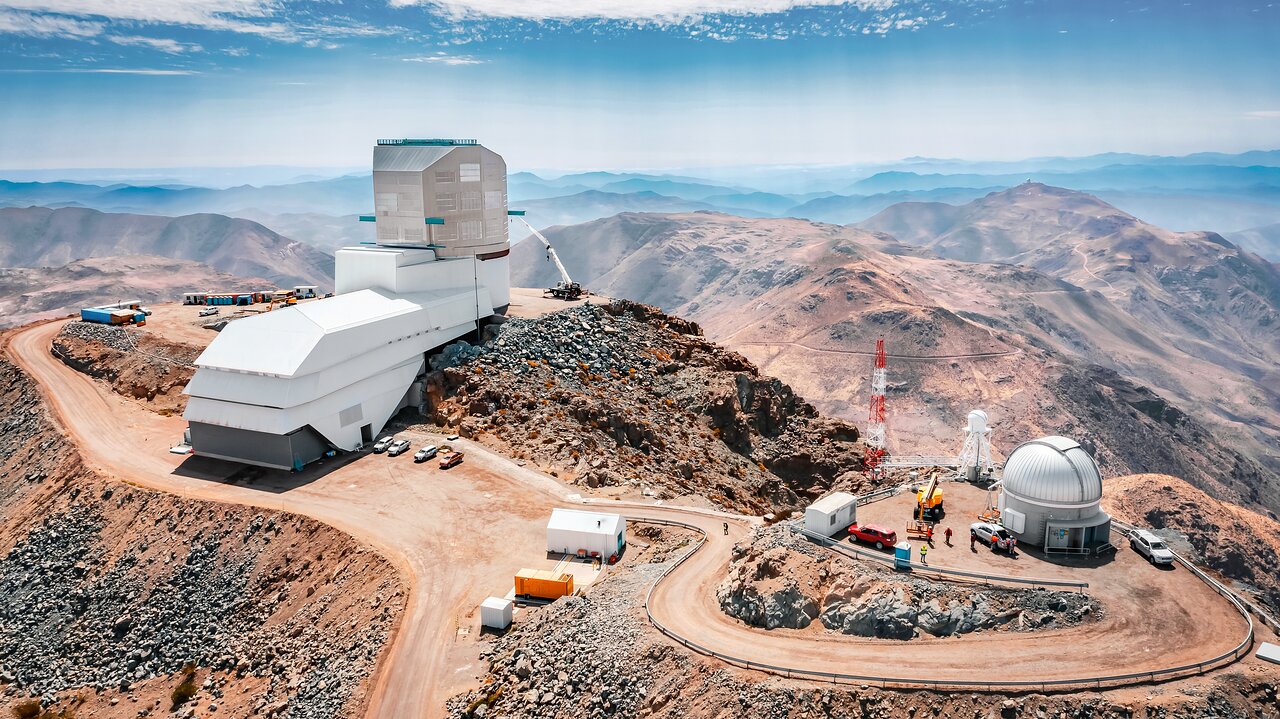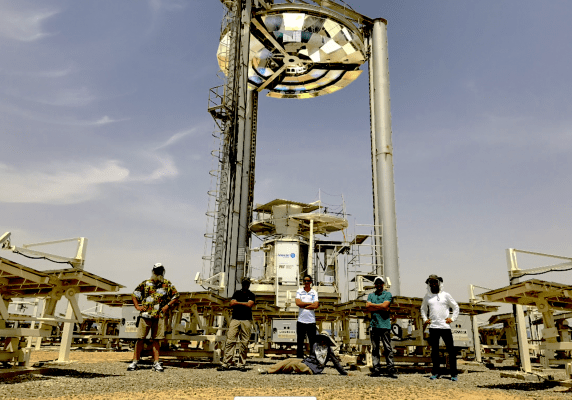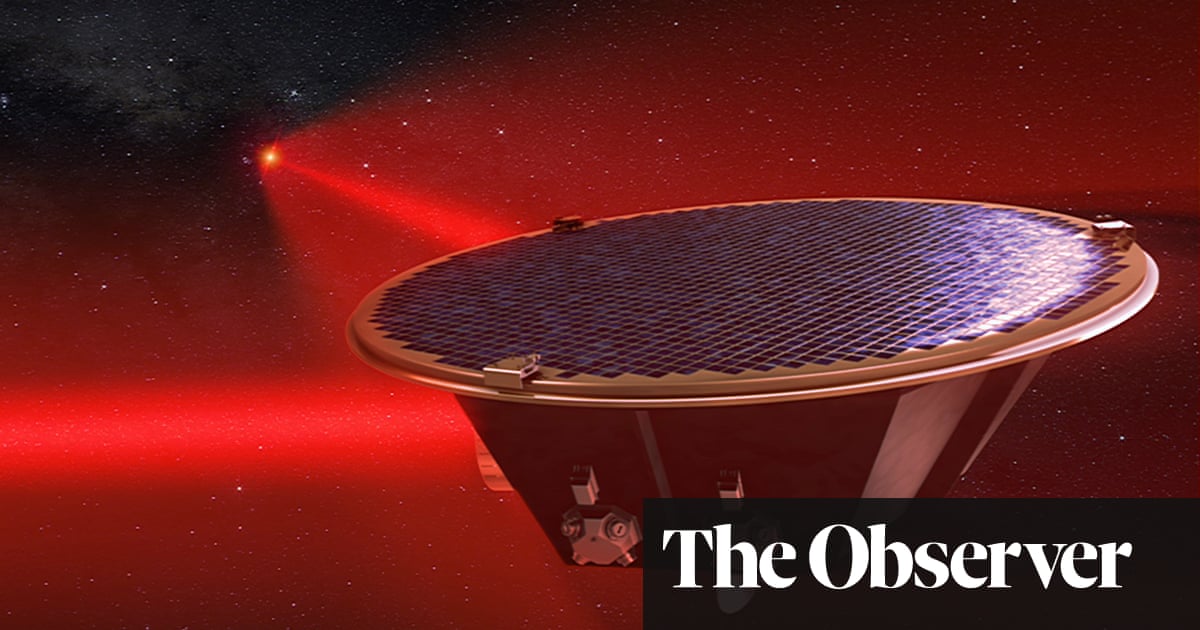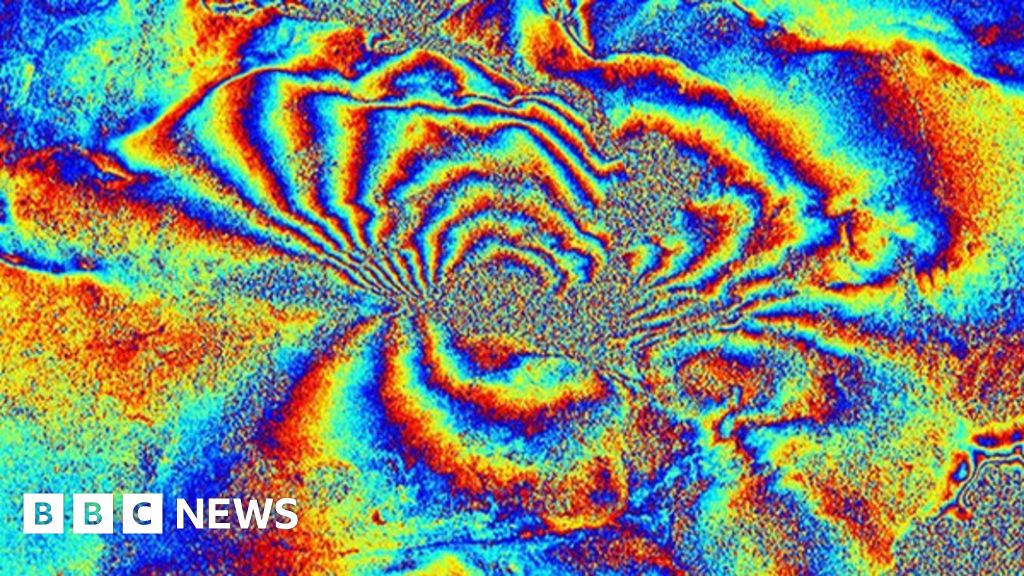
Vera Rubin’s Primary Mirror Gets its First Reflective Coating
First light for the Vera Rubin Observatory (VRO) is quickly approaching and the telescope is reaching milestone after milestone. A few weeks ago, the observatory announced that its digital camera, the largest one ever made, is complete.
The Rubin’s massive digital camera has an important job and garners a lot of attention. But it’s powerless without the telescope’s innovative primary/tertiary mirror. Primary mirrors are always the most critical and time-consuming part of modern observatories. The VRO’s primary/tertiary mirror took seven years to make.
The mirror is called a primary/tertiary mirror because it comprises two optical surfaces with different curvatures. The primary mirror is 8.4 meters, while the tertiary mirror is 5 meters in diameter. The pair of surfaces are combined into one large structure. The unique design reduces the telescope’s engineering complexity without reducing its impressive light-gathering capability. It can be rotated quickly and also settles quickly.
The outer surface forms the primary mirror. It captures light from space first, then that light reflects upwards to the 3.4-meter secondary mirror. After that, it’s reflected back down to the inner 5.0-meter surface that forms the tertiary mirror. Then, the light is sent to the camera.























